Home>Gardening & Outdoor>Landscaping Ideas>How Often Do Golf Courses Cut Grass
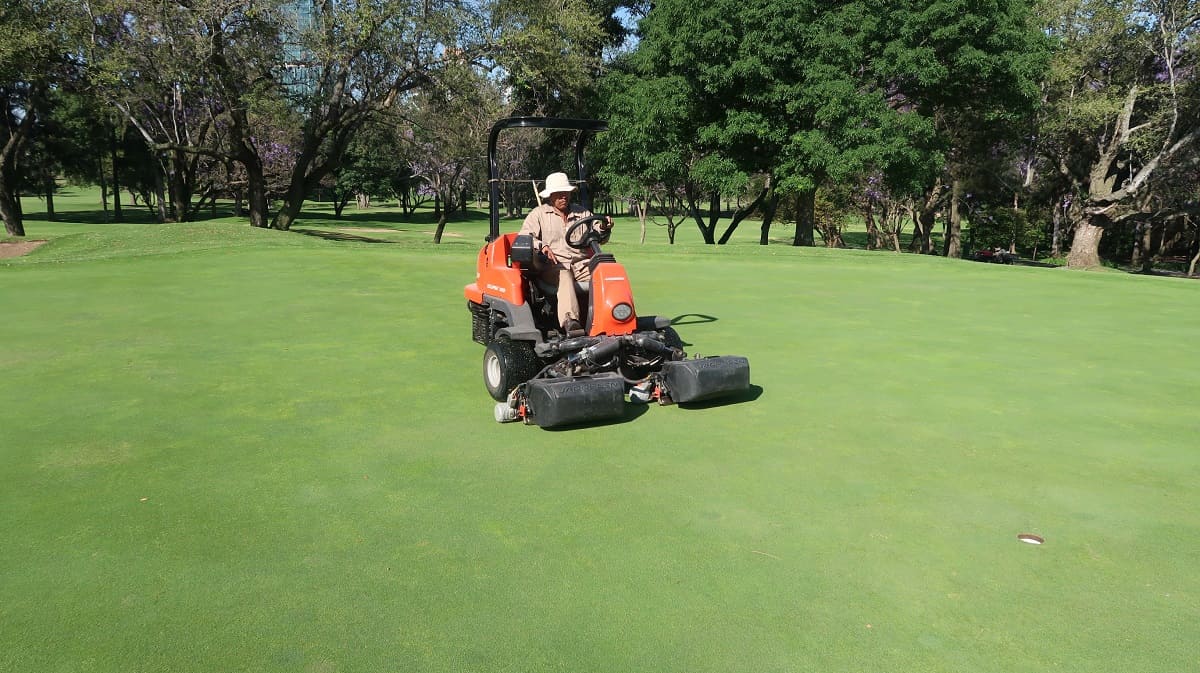

Landscaping Ideas
How Often Do Golf Courses Cut Grass
Modified: February 18, 2024
Looking for landscaping ideas? Learn how often golf courses cut grass and get inspiration for maintaining your own lawn with our expert tips.
(Many of the links in this article redirect to a specific reviewed product. Your purchase of these products through affiliate links helps to generate commission for Storables.com, at no extra cost. Learn more)
Introduction
Welcome to the lush, green world of golf courses, where meticulously manicured landscapes provide the perfect backdrop for the sport. The visual appeal and playability of a golf course are heavily reliant on the frequency of grass cutting. A harmonious blend of art and science, maintaining the ideal grass height is crucial for ensuring an enjoyable and challenging golfing experience. In this article, we delve into the factors that influence the frequency of grass cutting on golf courses, the types of grasses commonly used, and the impact of grass cutting frequency on the overall quality of the course.
From the gentle rustling of the grass to the crisp sound of a well-struck golf ball, every aspect of a golf course contributes to the overall ambiance. The frequency of grass cutting plays a pivotal role in shaping this environment, influencing both the aesthetics and functionality of the course. Understanding the various factors that dictate how often golf courses cut their grass provides valuable insight into the meticulous care and attention to detail that goes into maintaining these picturesque landscapes.
Key Takeaways:
- Grass cutting frequency on golf courses is influenced by factors like grass growth rate, weather, soil conditions, and desired aesthetics, ensuring a perfect playing surface for golfers and a picturesque landscape.
- Different grass species have varying growth rates, impacting the maintenance needs of golf courses. Tailoring mowing schedules to suit specific grass characteristics ensures optimal playing conditions and visual appeal throughout the course.
Factors Affecting Frequency of Grass Cutting
Several key factors influence the frequency of grass cutting on golf courses, each playing a crucial role in determining the ideal maintenance schedule. These factors encompass a blend of environmental, agronomic, and aesthetic considerations, all of which converge to create the optimal playing surface for golfers.
- Growth Rate of Grass: The inherent growth rate of the grass species used on the golf course profoundly impacts the frequency of mowing. Fast-growing grasses may necessitate more frequent cutting to maintain the desired height, while slower-growing varieties may require less frequent attention.
- Weather Conditions: The interplay between temperature, precipitation, and sunlight directly influences the growth rate of grass. Warmer temperatures and ample sunlight can accelerate grass growth, prompting more frequent mowing, whereas cooler conditions may slow down growth, allowing for longer intervals between cutting sessions.
- Seasonal Variations: The changing seasons bring about fluctuations in grass growth patterns. Spring and summer typically witness heightened growth rates, demanding more frequent mowing, while autumn and winter may necessitate reduced mowing frequency as grass growth slows.
- Soil Conditions: The health and composition of the soil profoundly impact grass growth. Nutrient-rich soil can spur rapid growth, necessitating more frequent cutting, while poor soil conditions may result in slower growth, allowing for less frequent mowing.
- Course Aesthetics: The desired visual aesthetic of the golf course also plays a role in determining grass cutting frequency. Courses aiming for a perfectly manicured appearance may require more frequent mowing to achieve and maintain pristine turf.
By considering these multifaceted factors, golf course managers can tailor their grass cutting schedules to align with the specific needs of the course, ensuring an optimal playing surface for golfers while upholding the visual splendor of the landscape.
Types of Grasses and Their Growth Rates
The selection of grass species profoundly influences the growth rates and maintenance requirements of a golf course. Different grasses exhibit varying growth patterns, necessitating tailored mowing schedules to uphold the desired turf quality. Common grass species utilized on golf courses include Bermuda grass, Bent grass, Zoysia grass, and Fescue grass, each with distinct characteristics that shape their growth rates and maintenance needs.
Bermuda Grass: Known for its resilience and rapid growth, Bermuda grass thrives in warm climates and exhibits vigorous lateral growth. Its high growth rate often necessitates frequent mowing to prevent thatch buildup and maintain an optimal playing surface.
Bent Grass: Renowned for its fine texture and dense growth habit, Bent grass requires meticulous care and frequent mowing to uphold its pristine appearance. Its relatively slow vertical growth is counterbalanced by its lateral growth, necessitating regular maintenance to prevent thatch accumulation and ensure an even playing surface.
Zoysia Grass: Exhibiting a moderate growth rate, Zoysia grass is well-suited to a range of climates and offers good tolerance to foot traffic. Its growth pattern typically necessitates less frequent mowing compared to Bermuda grass, making it an attractive option for courses seeking a balance between playability and maintenance demands.
Fescue Grass: Recognized for its adaptability and fine texture, Fescue grass boasts a moderate growth rate and good drought tolerance. Its relatively slow growth necessitates less frequent mowing, making it an appealing choice for courses aiming to reduce maintenance requirements while maintaining an attractive playing surface.
Understanding the growth rates and maintenance needs of these grass species empowers golf course managers to tailor their mowing schedules to suit the specific characteristics of the turf, ensuring optimal playing conditions and visual appeal throughout the course.
Climate and Weather Conditions
The climate and weather conditions prevalent in the region where a golf course is situated exert a profound influence on the frequency of grass cutting. These environmental factors directly impact grass growth rates, necessitating adaptive maintenance practices to uphold the desired turf quality.
Temperature: Warm temperatures can accelerate grass growth, prompting more frequent mowing to maintain the desired turf height. Conversely, cooler temperatures may slow down growth, allowing for longer intervals between cutting sessions. Understanding the seasonal variations in temperature enables golf course managers to adjust their mowing schedules accordingly, ensuring optimal playing conditions year-round.
Precipitation: Adequate moisture is essential for healthy grass growth, and regions experiencing higher levels of precipitation may witness more rapid grass growth, necessitating increased mowing frequency. Conversely, drier climates may result in slower growth, allowing for less frequent mowing. By monitoring precipitation patterns, course managers can adapt their maintenance practices to suit the prevailing moisture levels, optimizing turf health and playability.
Sunlight: The amount of sunlight received by the golf course directly influences grass growth rates. Ample sunlight can stimulate vigorous growth, prompting more frequent mowing to prevent overgrowth and maintain an even playing surface. Conversely, shaded areas may experience slower growth, necessitating less frequent mowing. By considering sunlight exposure across the course, managers can customize their mowing schedules to accommodate varying growth rates, ensuring consistent turf quality.
Seasonal Variations: The transition between seasons brings about fluctuations in grass growth patterns. Spring and summer typically witness heightened growth rates, demanding more frequent mowing to uphold the desired turf height and quality. In contrast, autumn and winter may necessitate reduced mowing frequency as grass growth slows, allowing for a more relaxed maintenance schedule during these seasons.
By attentively considering the climate and weather conditions specific to their region, golf course managers can adeptly tailor their grass cutting schedules to harmonize with the natural growth patterns of the turf, ensuring an optimal playing surface for golfers while preserving the scenic beauty of the course.
Golf courses typically cut their grass at least once a week, but some may do it more frequently, especially during the growing season. This helps maintain the quality and appearance of the course for players.
Golf Course Maintenance Practices
Golf course maintenance practices encompass a comprehensive array of tasks, with grass cutting standing as a pivotal element in preserving the aesthetic appeal and playability of the course. Meticulous attention to detail and adherence to best practices are essential for upholding the desired turf quality while ensuring an enjoyable and challenging golfing experience for players.
Mowing Equipment and Techniques: The selection of appropriate mowing equipment and techniques is fundamental to achieving consistent and pristine turf conditions. Utilizing state-of-the-art mowers equipped with precision cutting blades allows for uniform grass height and a professional finish. Additionally, employing techniques such as alternating mowing patterns prevents turf compaction and promotes healthy grass growth, contributing to the overall resilience and visual appeal of the course.
Grass Height Management: Establishing and maintaining the optimal grass height is a cornerstone of effective golf course maintenance. Different areas of the course, such as fairways, tees, and greens, may require varying grass heights to accommodate the specific playability and aesthetic preferences associated with each area. Adhering to precise grass height specifications ensures a harmonious blend of visual appeal and functional playability throughout the course.
Thatch Control: Regular grass cutting plays a crucial role in managing thatch, the layer of organic matter that accumulates between the soil and the actively growing grass. By implementing consistent mowing schedules, golf course managers can prevent excessive thatch buildup, fostering healthy turf conditions and minimizing the risk of disease and pest infestations.
Environmental Considerations: Sustainable and environmentally conscious maintenance practices are increasingly prioritized in golf course management. Implementing efficient mowing schedules that minimize fuel consumption and emissions aligns with eco-friendly initiatives, contributing to the preservation of natural resources and the surrounding ecosystem.
By integrating these meticulous maintenance practices, golf course managers can orchestrate a harmonious balance between visual allure and functional playability, elevating the overall quality of the course and enriching the golfing experience for enthusiasts.
Read more: How To Grow Golf Course Grass
Impact of Grass Cutting Frequency on Golf Course Quality
The frequency of grass cutting exerts a profound influence on the overall quality and playability of a golf course, shaping both the aesthetic allure and functional performance of the turf. Striking the optimal balance in grass cutting frequency is pivotal for maintaining pristine playing surfaces while upholding the visual splendor that defines a premier golfing destination.
Visual Aesthetics: The frequency of grass cutting significantly impacts the visual appeal of a golf course. Regular and precise mowing schedules contribute to a uniform and manicured appearance, enhancing the overall ambiance and allure of the landscape. Well-maintained turf reflects a commitment to excellence and attention to detail, elevating the overall impression of the course and enriching the experience for players and spectators alike.
Playability and Performance: The frequency of grass cutting directly influences the playability and performance of the course. Consistent mowing schedules ensure an even and predictable playing surface, allowing for reliable ball roll and consistent turf interactions. Well-maintained turf height supports the execution of strategic shots and enhances the overall challenge and enjoyment of the game, enriching the golfing experience for players of all skill levels.
Turf Health and Resilience: Optimal grass cutting frequency is integral to fostering healthy and resilient turf conditions. Regular mowing promotes lateral growth and tillering, contributing to dense and vigorous turf that withstands foot traffic and environmental stressors. Furthermore, maintaining the appropriate grass height minimizes the risk of thatch accumulation, fostering a robust and disease-resistant turf ecosystem.
Environmental Harmony: Thoughtfully calibrated grass cutting frequency aligns with sustainable and environmentally conscious practices, minimizing resource consumption and emissions. By optimizing mowing schedules to suit the specific growth patterns of the turf, golf courses can reduce fuel usage and environmental impact while upholding the immaculate quality of the landscape.
By meticulously orchestrating the frequency of grass cutting, golf course managers can curate an environment that harmonizes visual allure with functional excellence, elevating the overall quality of the course and enriching the golfing experience for enthusiasts and visitors.
Conclusion
The meticulous art of maintaining a golf course extends far beyond mere aesthetics, encompassing a delicate balance of agronomic expertise, environmental stewardship, and a dedication to providing an exceptional golfing experience. The frequency of grass cutting stands as a cornerstone of this intricate tapestry, shaping the visual allure, playability, and overall quality of the course.
By comprehensively considering the growth rates of various grass species, the influence of climate and weather conditions, and the nuanced interplay of maintenance practices, golf course managers can adeptly tailor their grass cutting schedules to harmonize with the natural rhythms of the turf. This attentive approach ensures an optimal playing surface for golfers while preserving the scenic beauty that defines a premier golfing destination.
The impact of grass cutting frequency reverberates throughout every facet of the golf course, from the visual splendor that captivates the eye to the functional excellence that challenges and delights players. Striking the ideal balance in grass cutting frequency fosters a resilient and visually stunning turf, elevating the overall quality of the course and enriching the golfing experience for enthusiasts and visitors alike.
As the gentle hum of mowers resonates across the landscape, it symbolizes the unwavering commitment to excellence and the meticulous care that defines the world of golf course maintenance. Each precise pass of the mower blades contributes to the creation of a harmonious and captivating environment, where the love of the game converges with the artistry of nature.
Ultimately, the frequency of grass cutting embodies the dedication to perfection that characterizes the timeless allure of golf, where every meticulously manicured blade of grass serves as a testament to the unwavering pursuit of excellence.
Frequently Asked Questions about How Often Do Golf Courses Cut Grass
Was this page helpful?
At Storables.com, we guarantee accurate and reliable information. Our content, validated by Expert Board Contributors, is crafted following stringent Editorial Policies. We're committed to providing you with well-researched, expert-backed insights for all your informational needs.



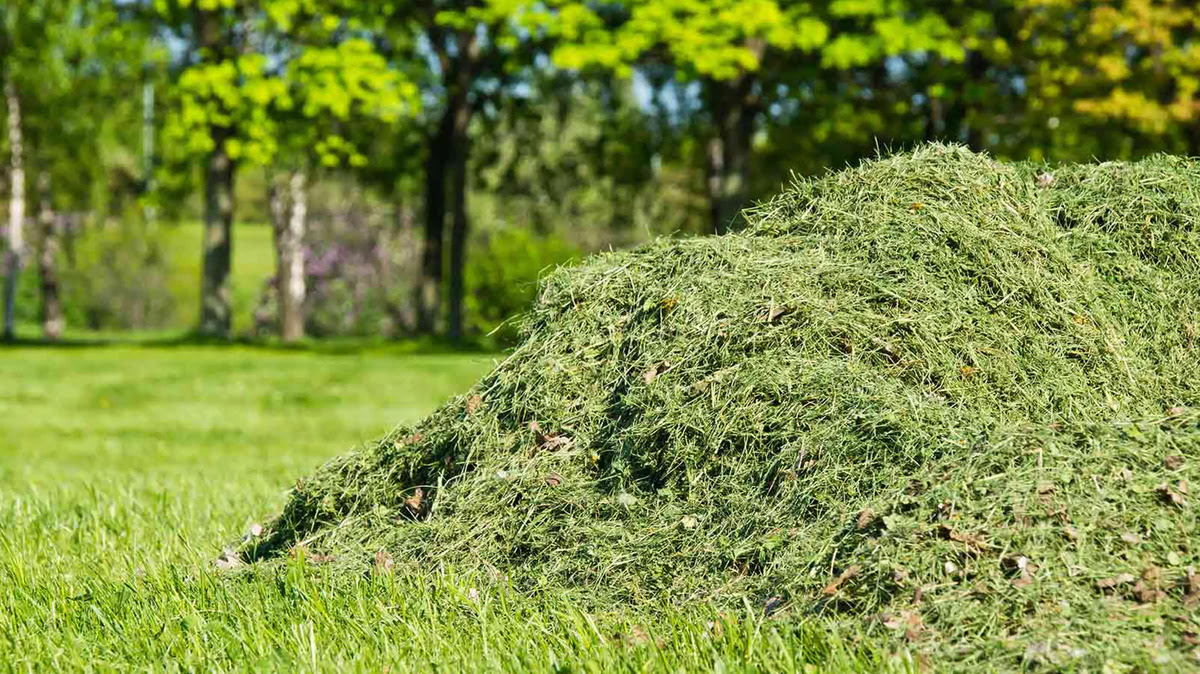

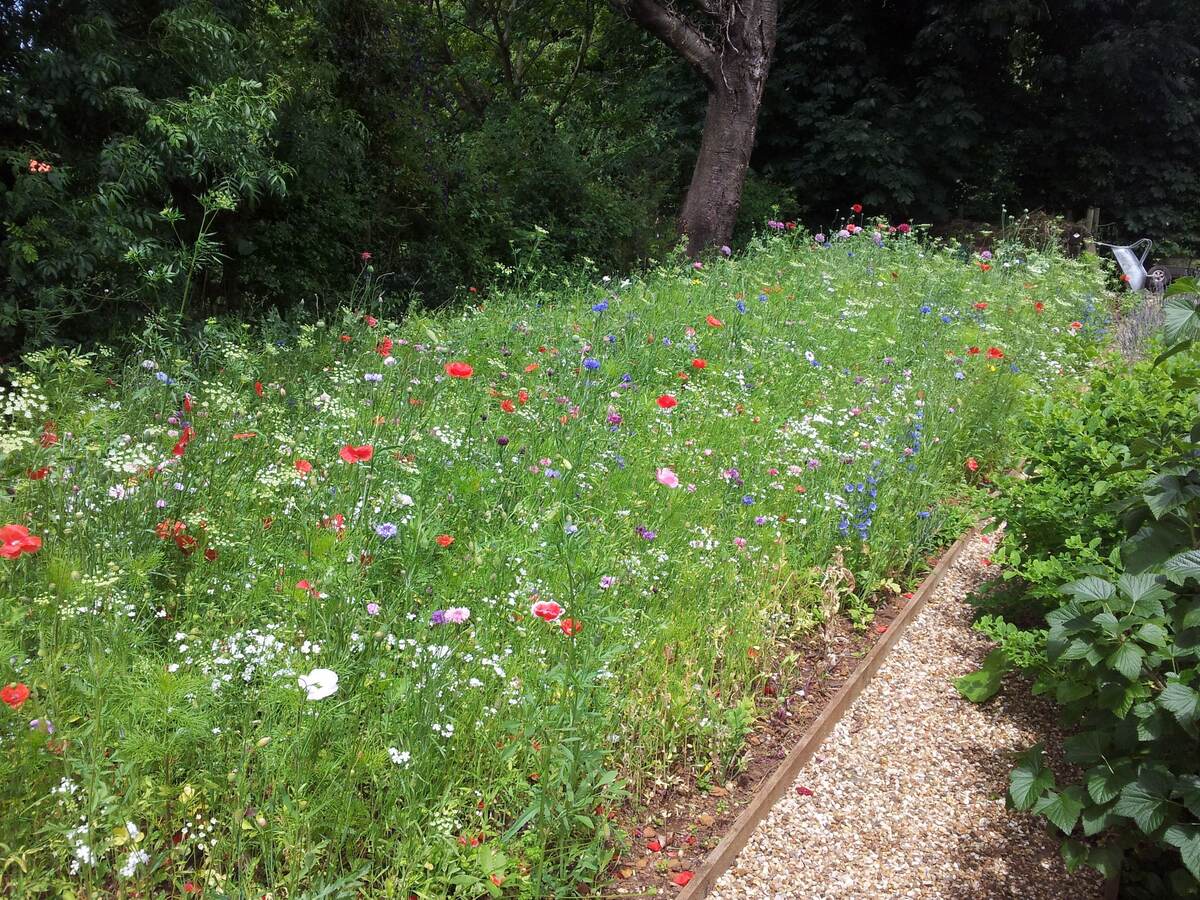

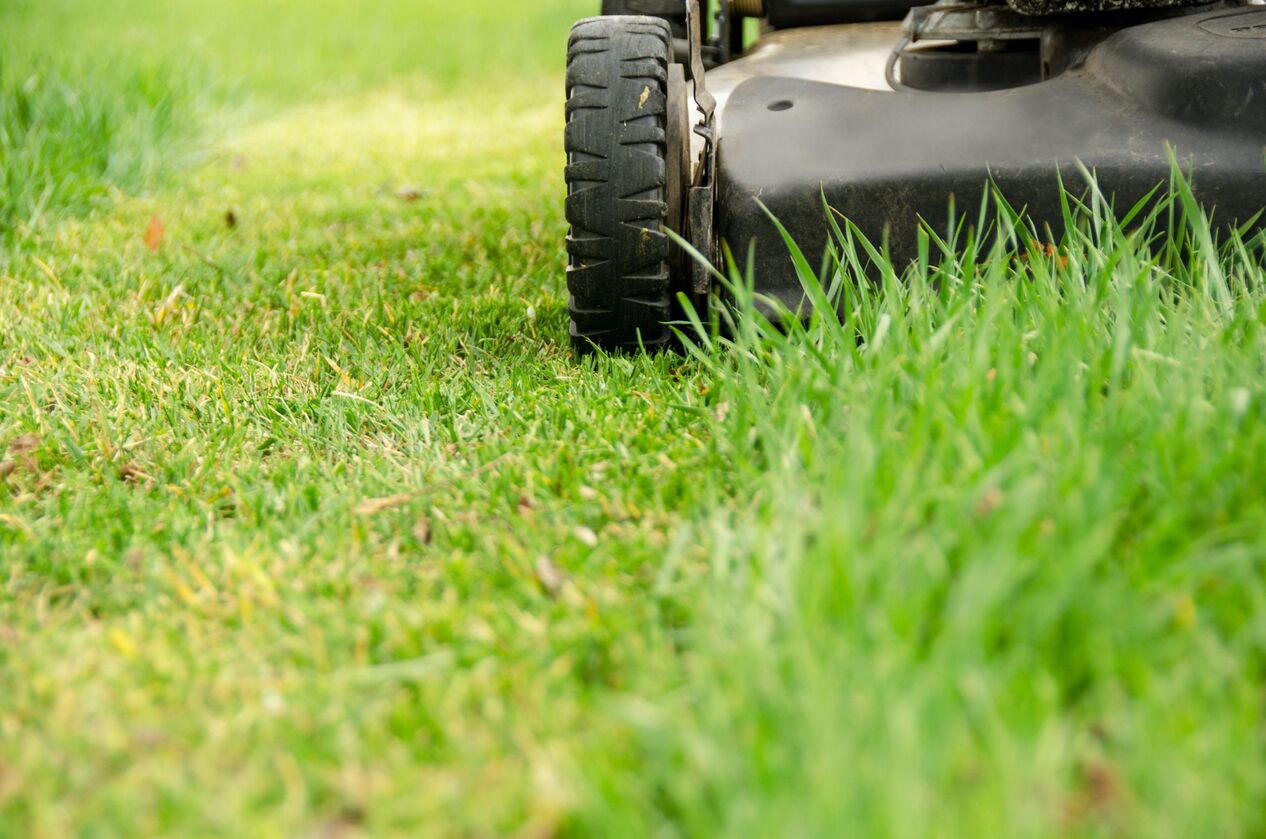

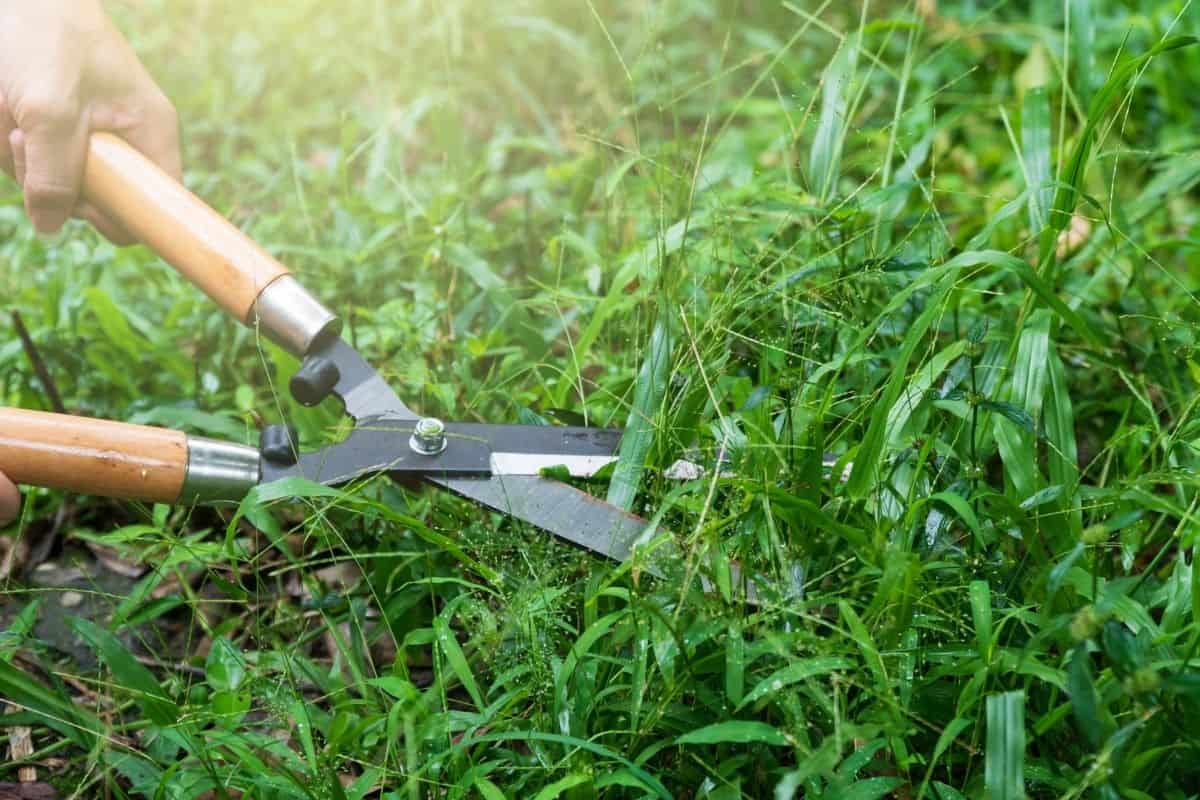
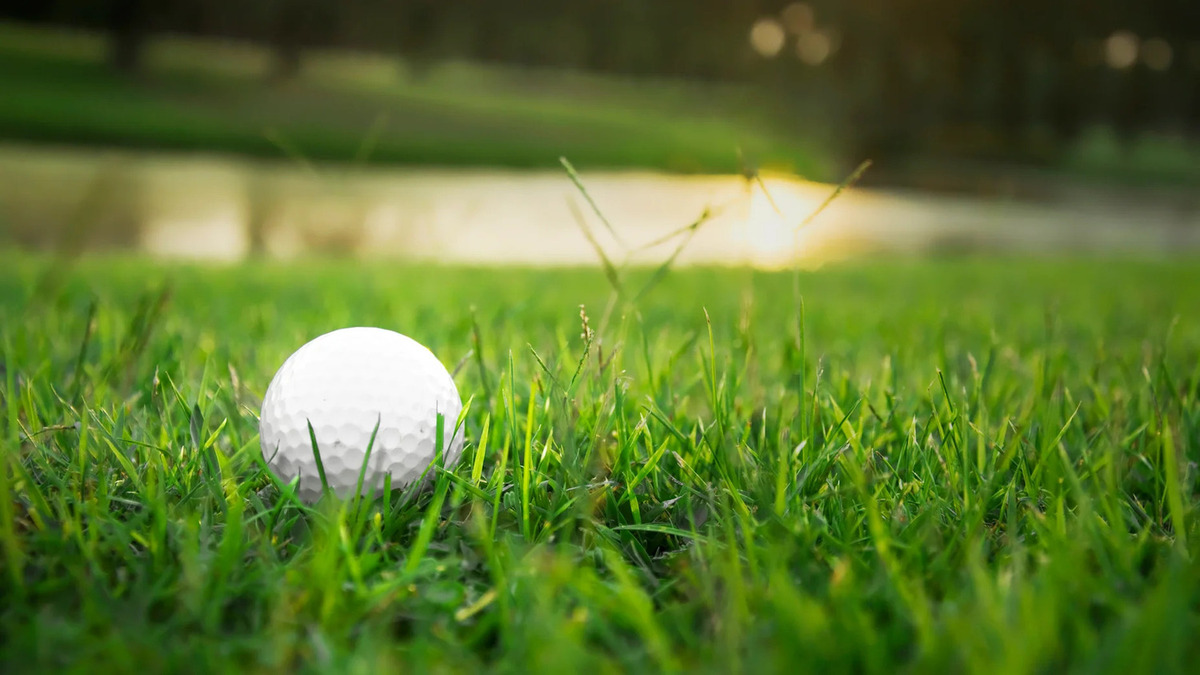

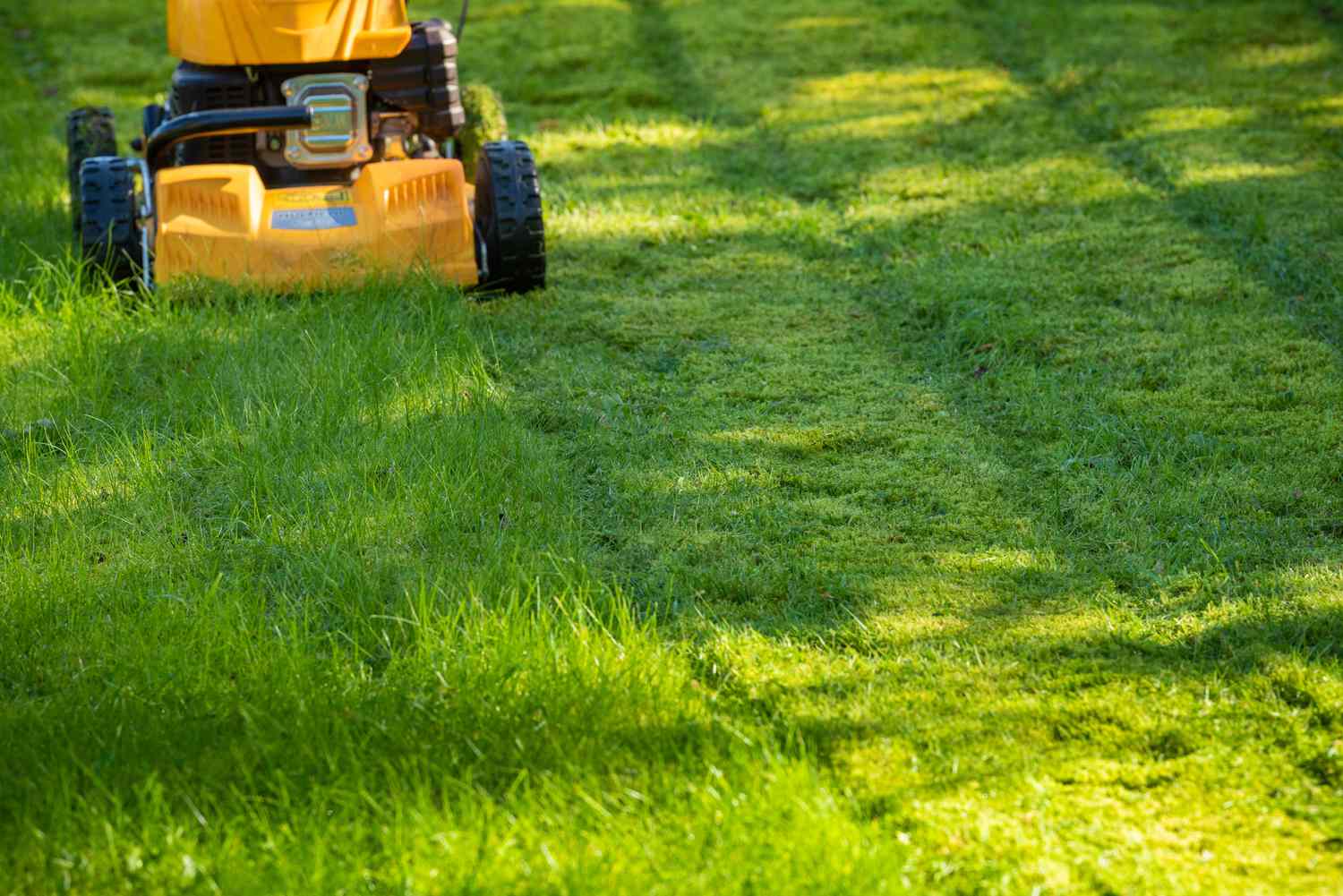
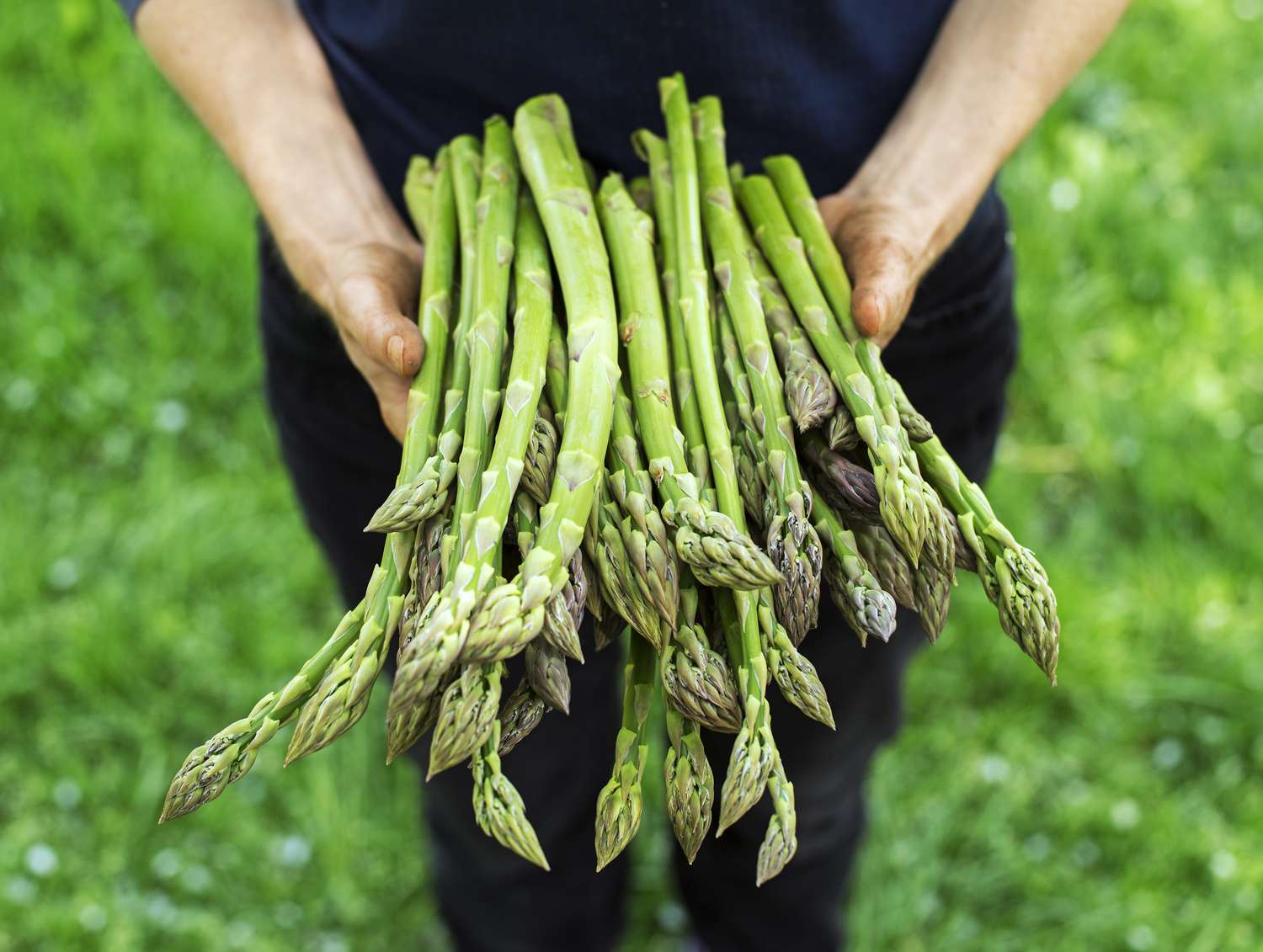

0 thoughts on “How Often Do Golf Courses Cut Grass”